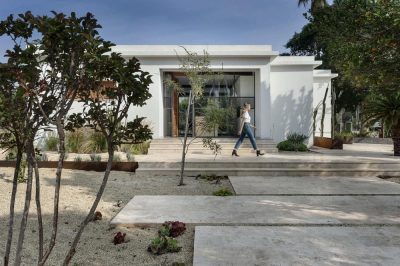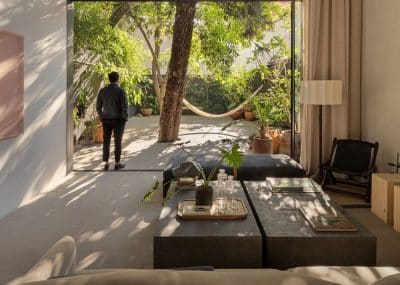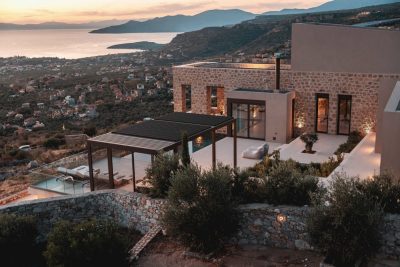Project: Court House
Architects: Archier
Builder: Sheringham Constructions
Construction: SIPS
Location: Yackandandah, Victoria, Australia
Size: 220m2
Completed: 2020
Photography: Rory Gardiner
Text by Archier
Court House is a home with heritage in its heart.
Julia grew up in Wodonga, her parents built a modernist house there in the 1970s with white walls, concrete floors and north-facing cedar windows (even back then, thermal integrity was a focus). So when Julia and her partner Craig decided to sell their Newport home and purchase a block of land beside the Yackandandah Court House, her childhood formed the blueprint for how she wanted to raise their two daughters.
Being in a public position, Julia and Craig wanted to build a house that would be valued by both current and future generations of the Yackandandah community; they also wanted a simple design with thermal integrity that’s open to the surrounding landscape; the steep nature of the 1.3 acre site was a considerable limitation, restricting the space for the build; and Julia comes from a line of avid gardeners, so she wanted the garden to be a focus (and her focus).
Then there were the community requirements. Two of our directors grew up in the area, so we were aware of the small town mindset that often defines rural Australian architecture. We experienced this through the Council’s resistance to our original designs, emphasising the importance of speaking to and preserving the area’s settler history (despite it being called Yackandandah, a word from the Dhudhuroa people’s language). So we focused on principles from our Colonial history that we could still value and speak to: the emphasis on craft and longevity, and using materials from the surrounding area.
Due to the multiple public aspects it made sense to create a private external space, whilst we also needed a thermally performative solution with plenty of north-facing windows. The result is a single level design that twists around an internal courtyard. When we presented this to Craig and Julia, she laughed and said “I lived in that house for about sixteen years” – it was basically an identical layout to her parents’ home – and she thought it would work well.
As the family’s lives are immersed in the surrounding landscape, they needed space to process their lifestyle, so the main entry is a mud room that connects to the laundry that connects to the scullery, a utilitarian corner that balances the rest of the house. The internal courtyard helps to designate a clear split between communal and personal spaces. The personal spaces are on the private side of the house, facing away from the street, whilst the communal areas are on the public side. It’s both simple and rational, addressing the site conditions with a clear plan.
The public or extroverted part of the house reflects its social location, with floor to ceiling BINQ windows open to the external landscape. The kitchen is designed to encourage social connection, with two free-standing islands inviting visitors into the space regardless of what’s happening within it. The kitchen then flows to dining and sitting areas that facilitate social interaction, which is separated from the more introverted part of the house by doors that open (and close) to an enclosed lounge with very little glass. This room then moves to a small desk space that connects to the four bedrooms, along the private side of the house. All of these areas look onto the internal courtyard, which has been deliberately planted by Julia and her Mother to dramatically change with each season: a couple of Forest Pansies, a Magnolia Stellata, a Fine Leaf Maple, with underplanting of Hellebores and Chamomile Lawn.
The building speaks to the mid-century modernists, leaning into nature through glass, and using structure as texture and ornamentation. It’s not a large, intellectual piece of architecture but a house that’s sensitive to its place, acknowledging Yackandandah, a Colonial community, whilst also existing within the older landscape of the Dhudhuroa people.
The garden that surrounds the house reflects Julia’s homecoming, as a lot of the planting has been supported by her mother, who runs gardening groups in Wodonga, and helped to source plants through this wider community. They have planted according to the micro-environment that has been created by the undulations of the block, with plenty trees to help ease the very public nature of the site.

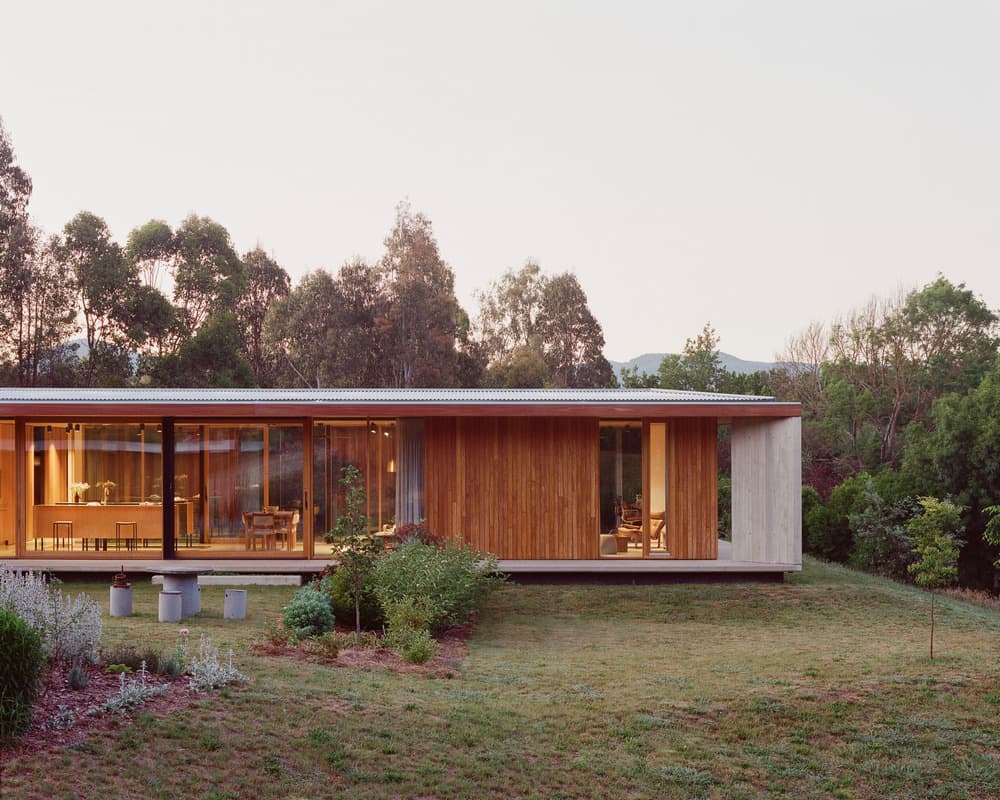
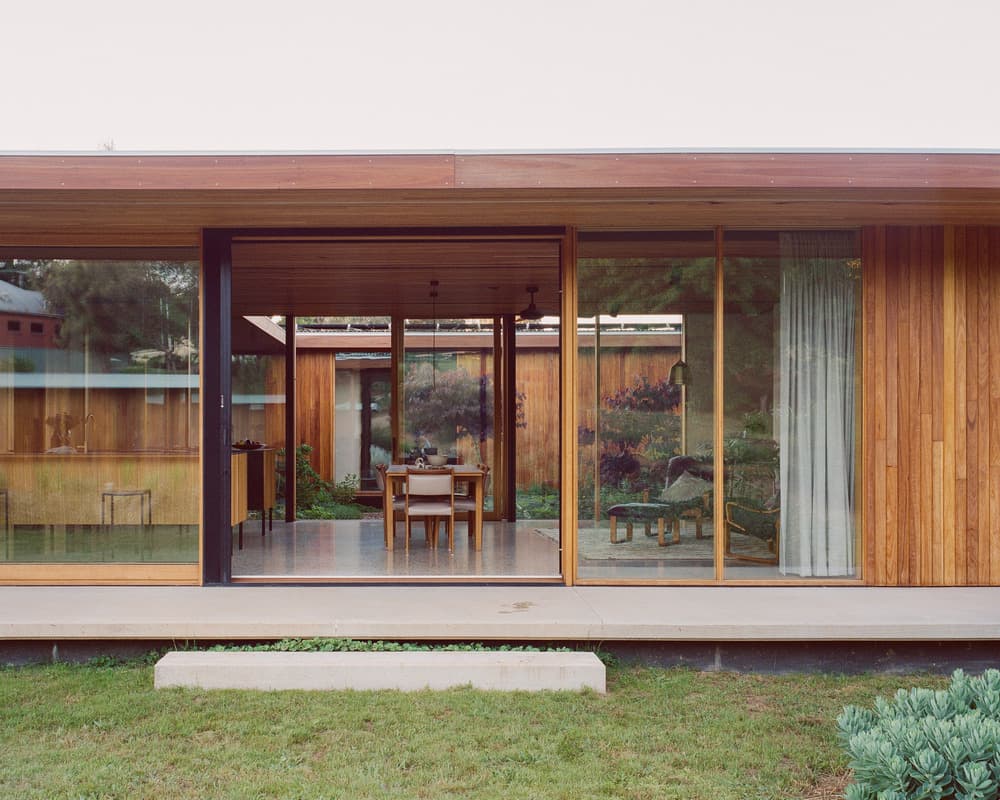
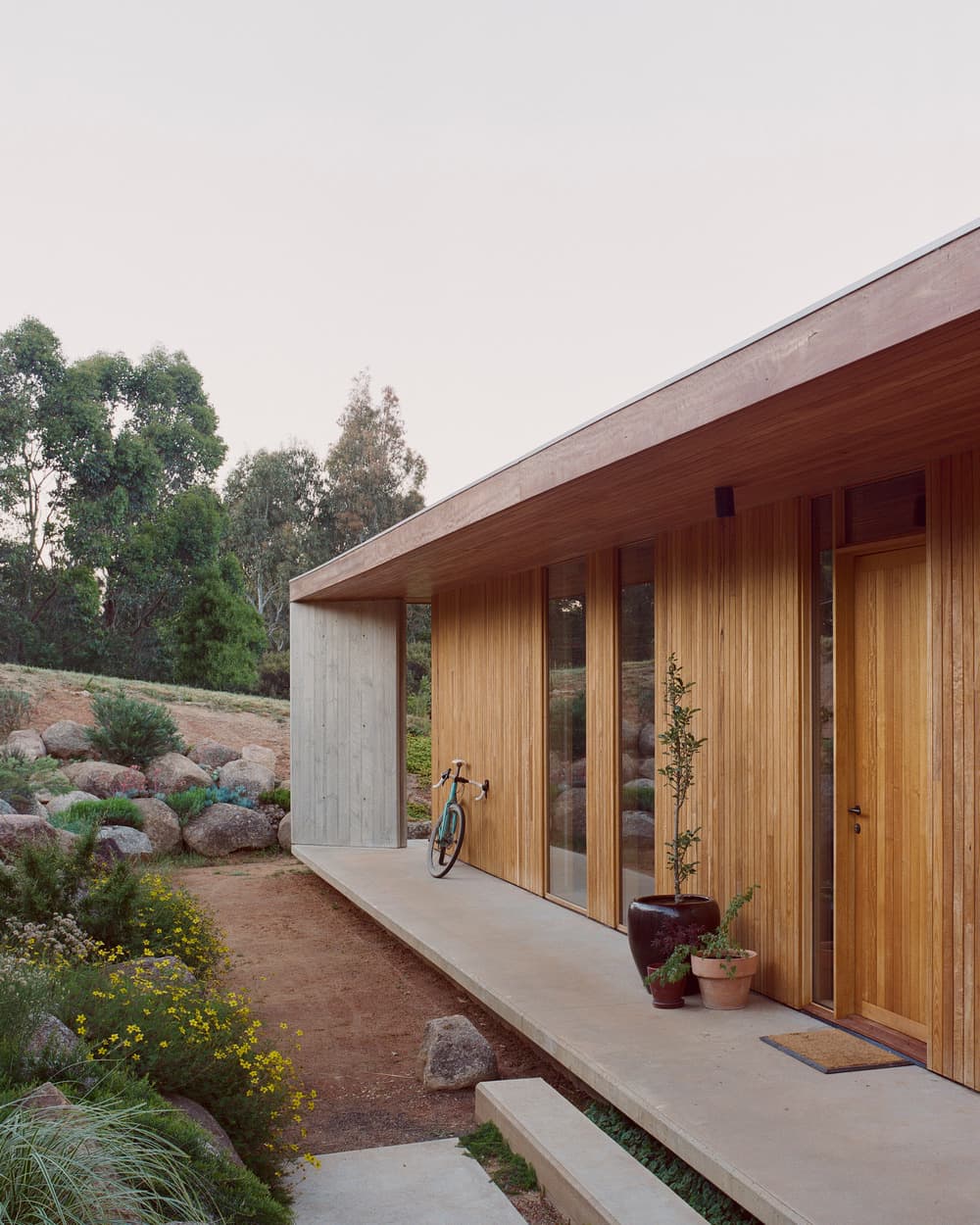
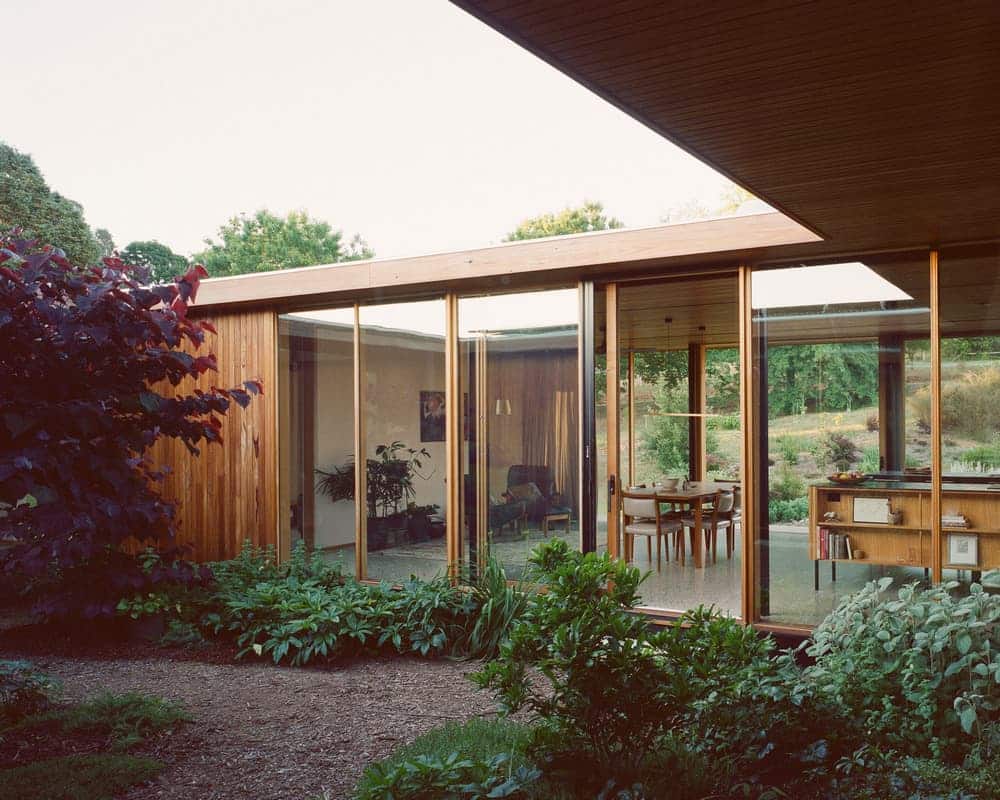
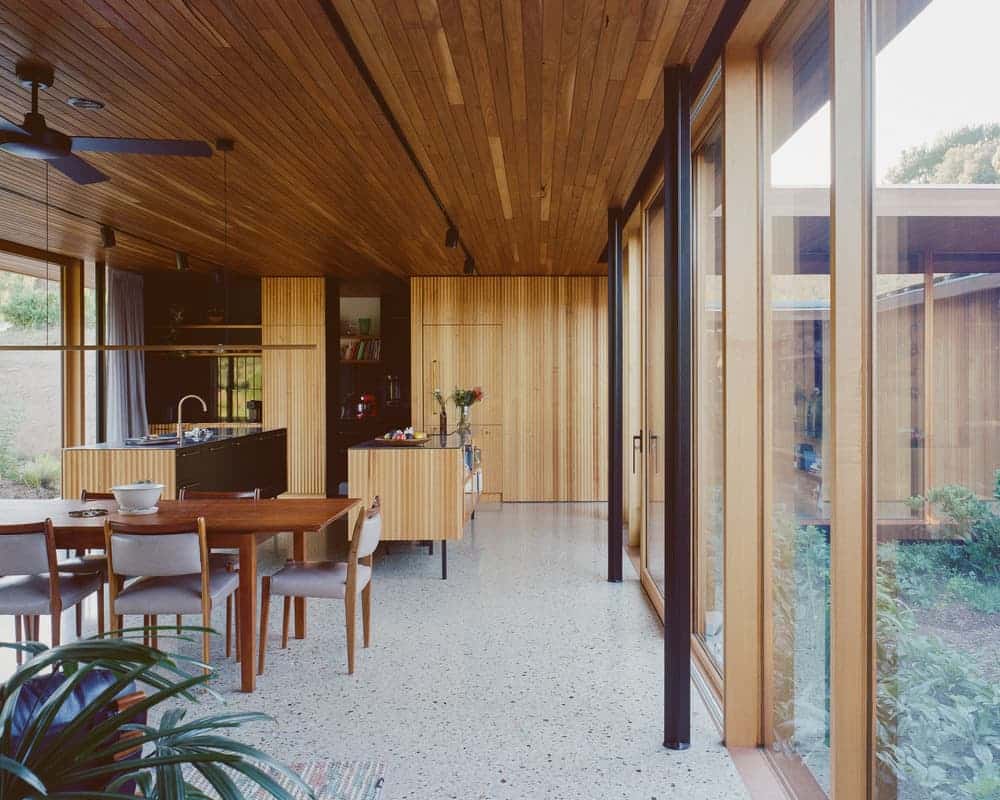
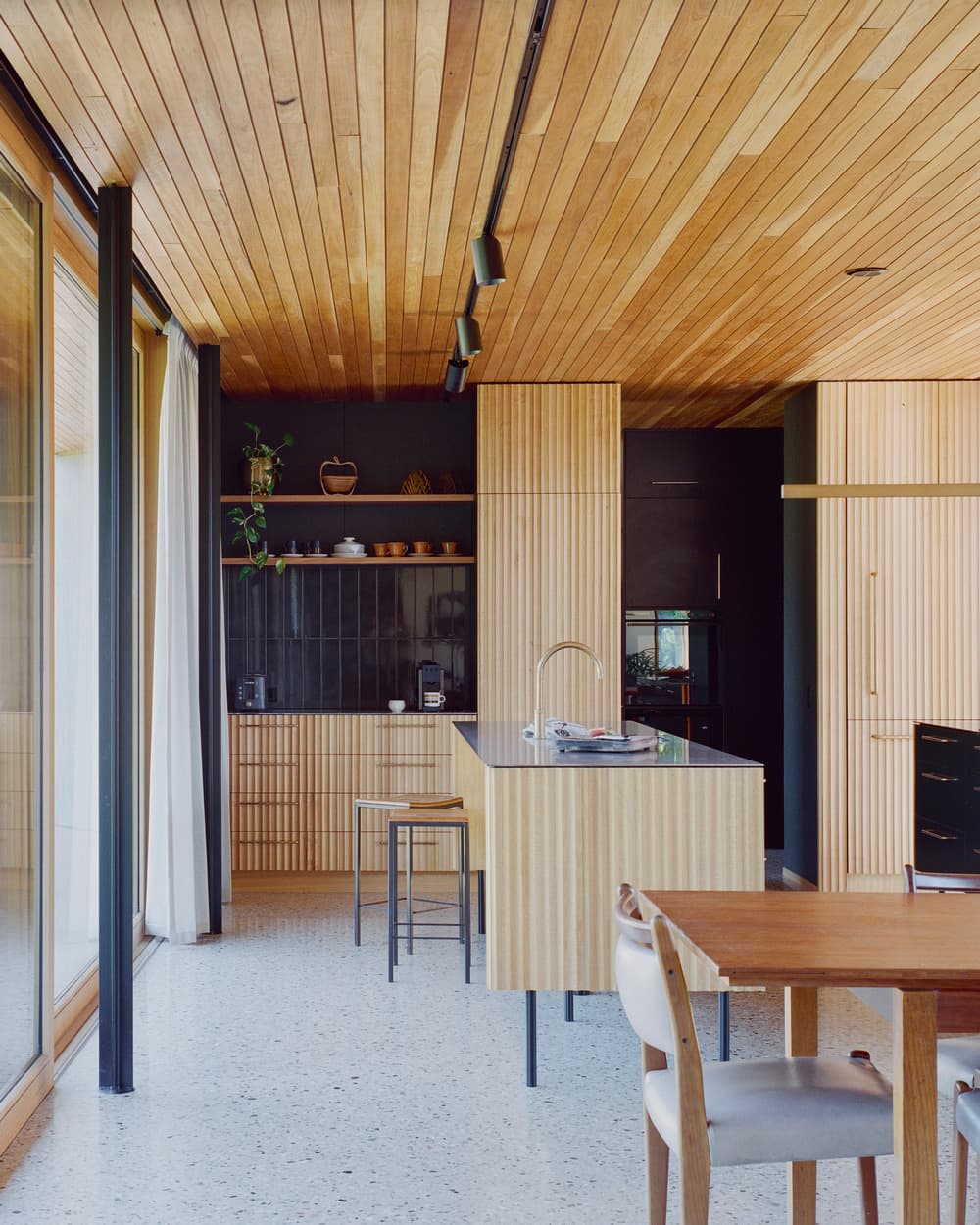
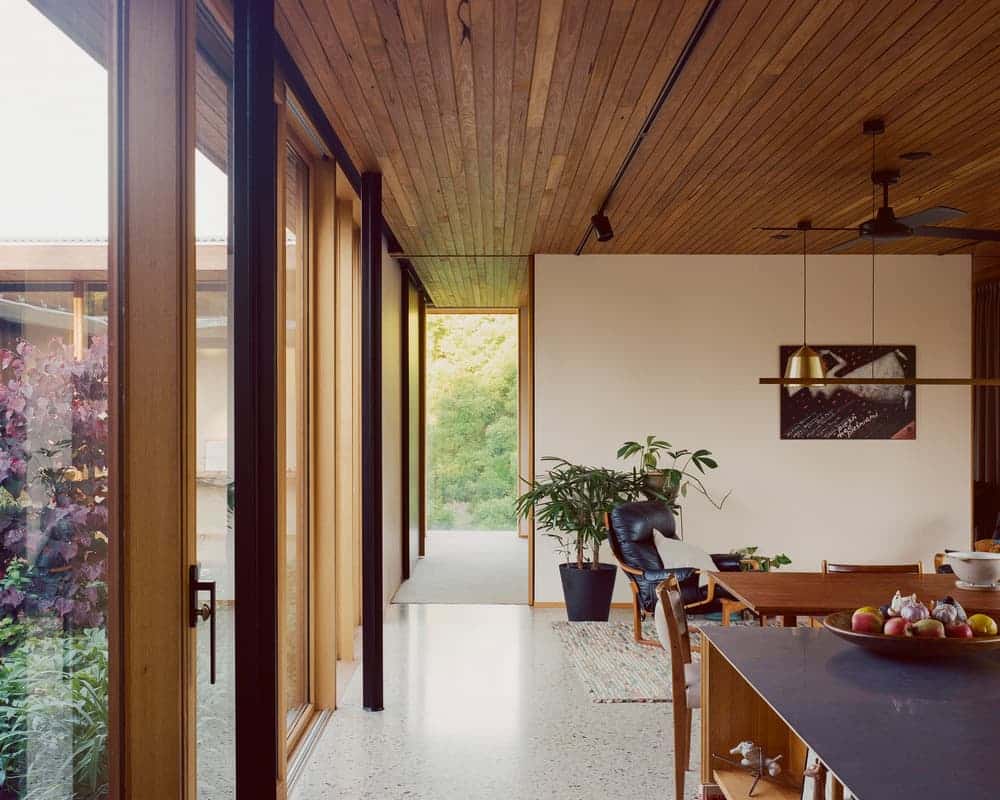
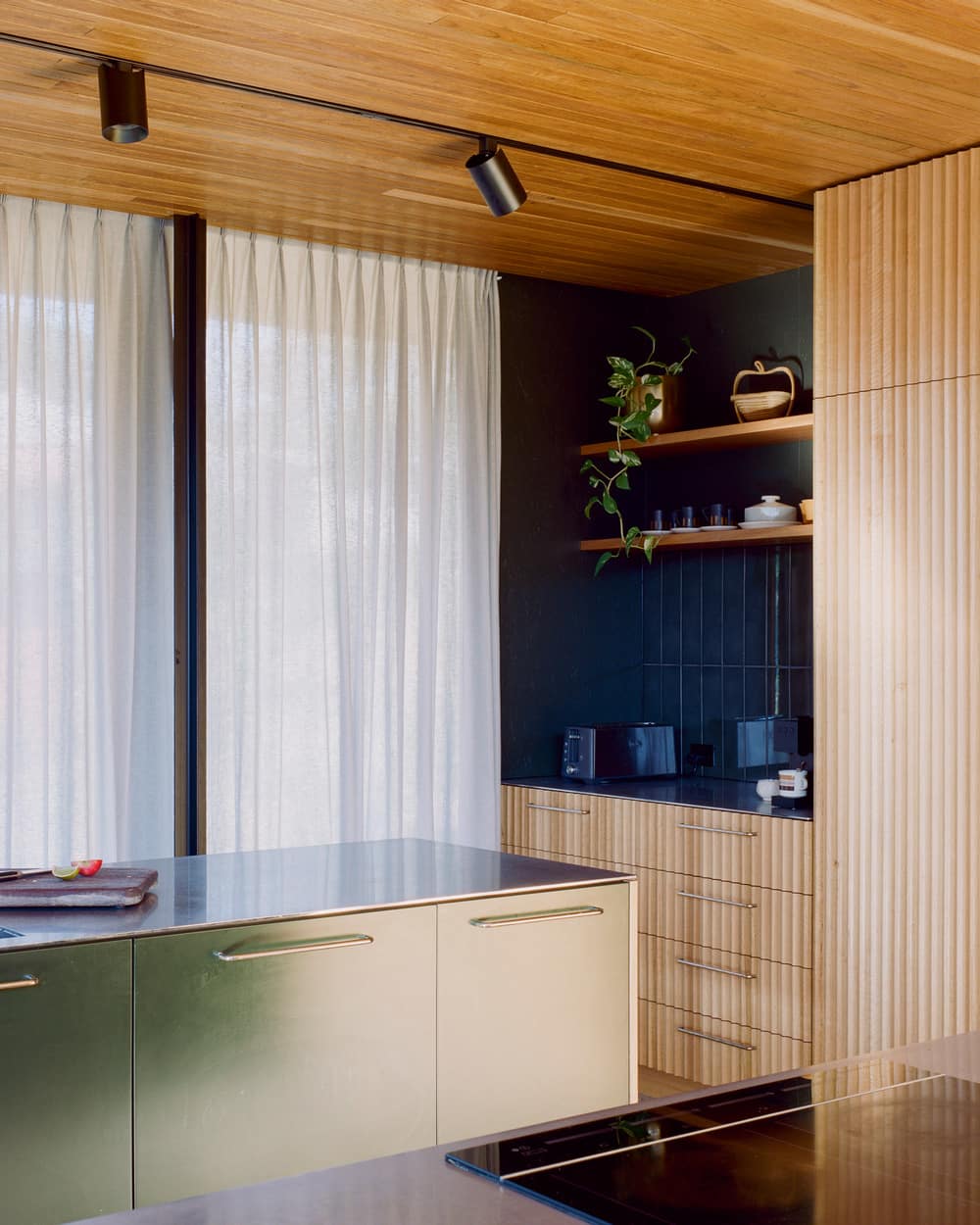
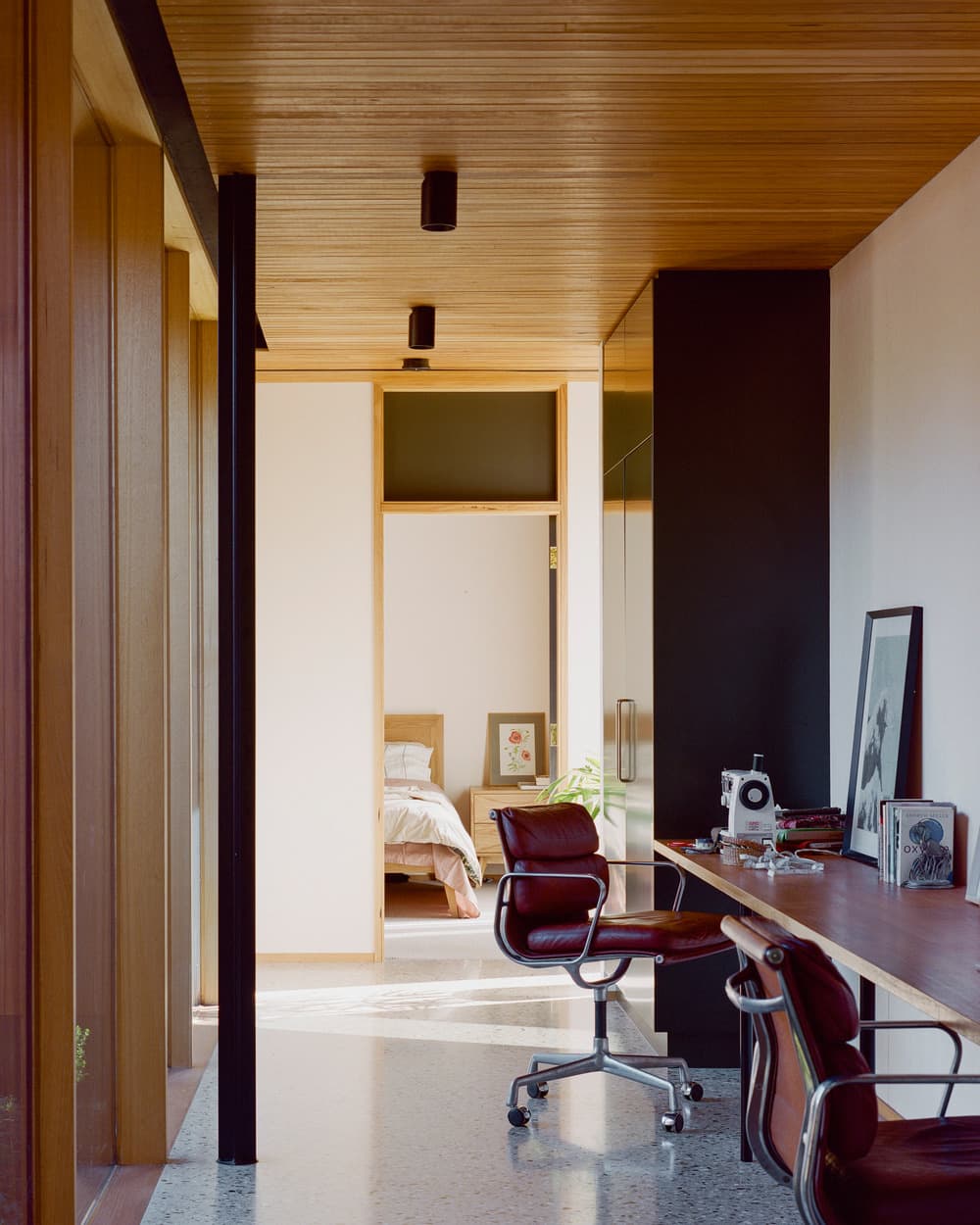
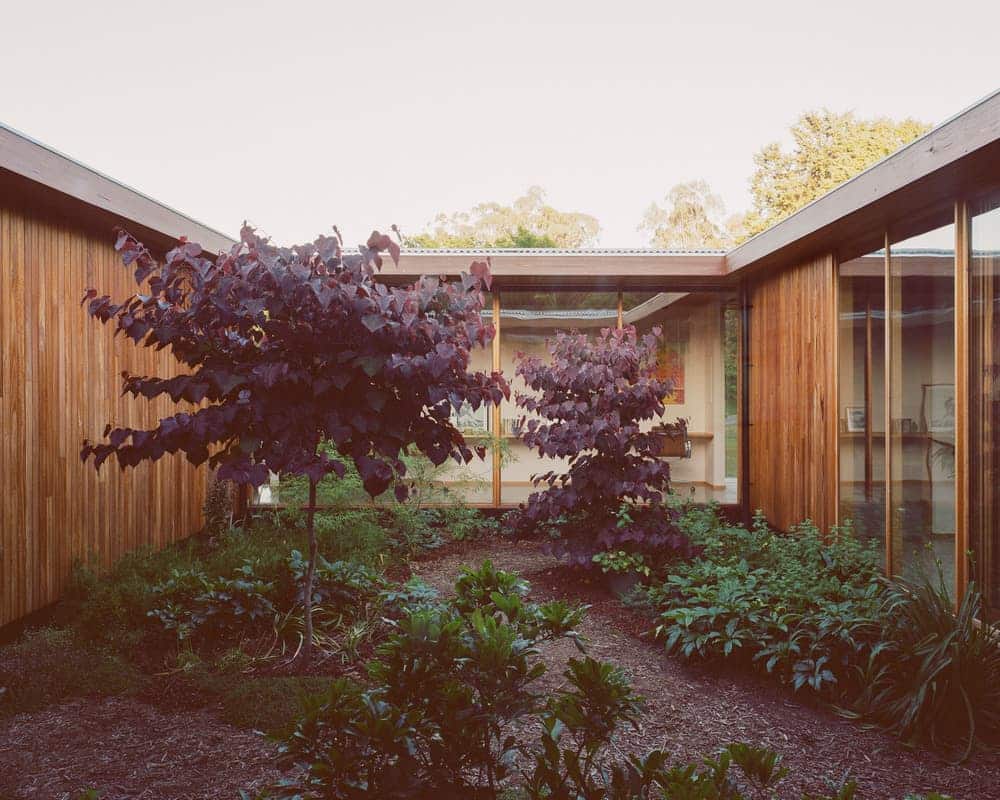
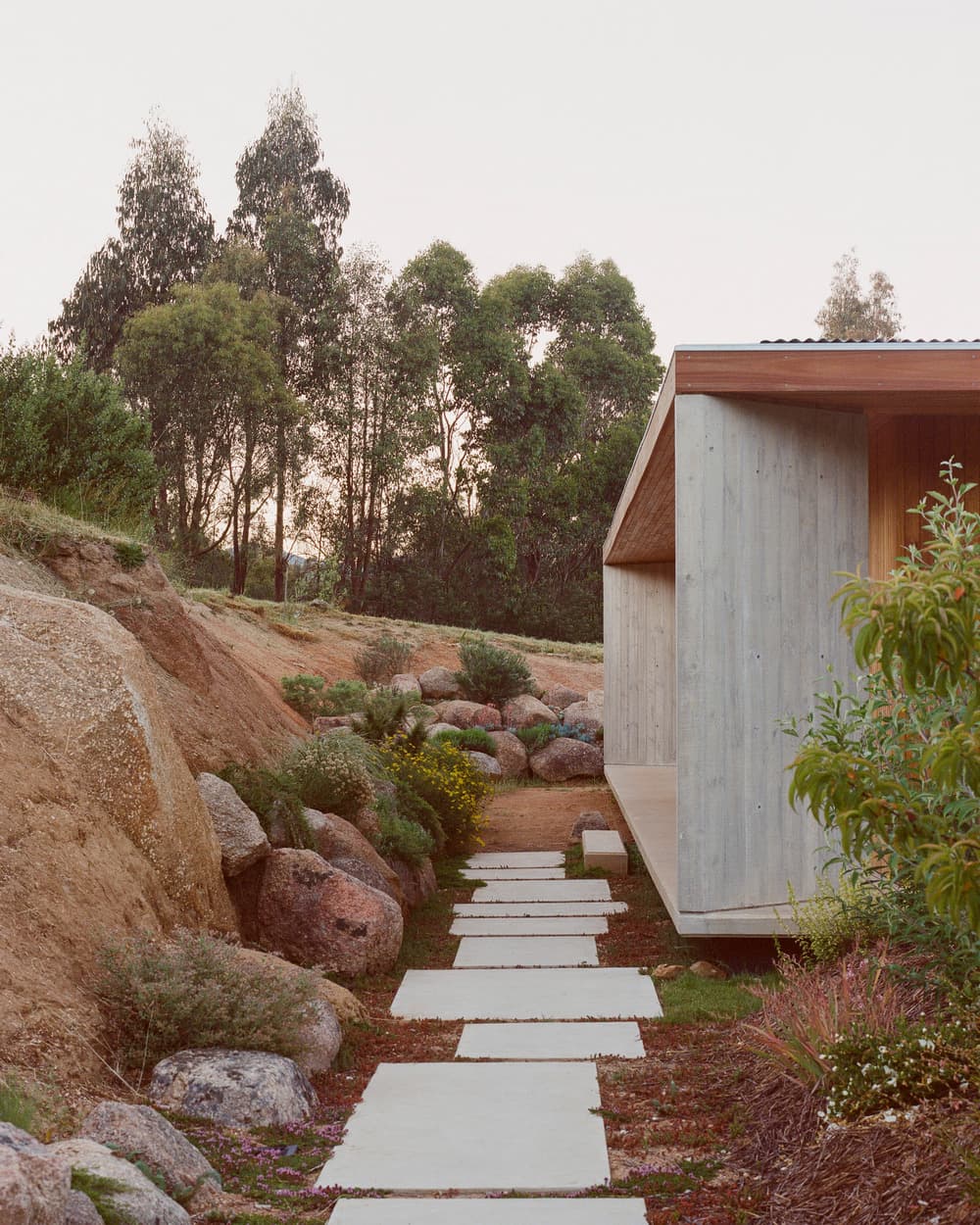
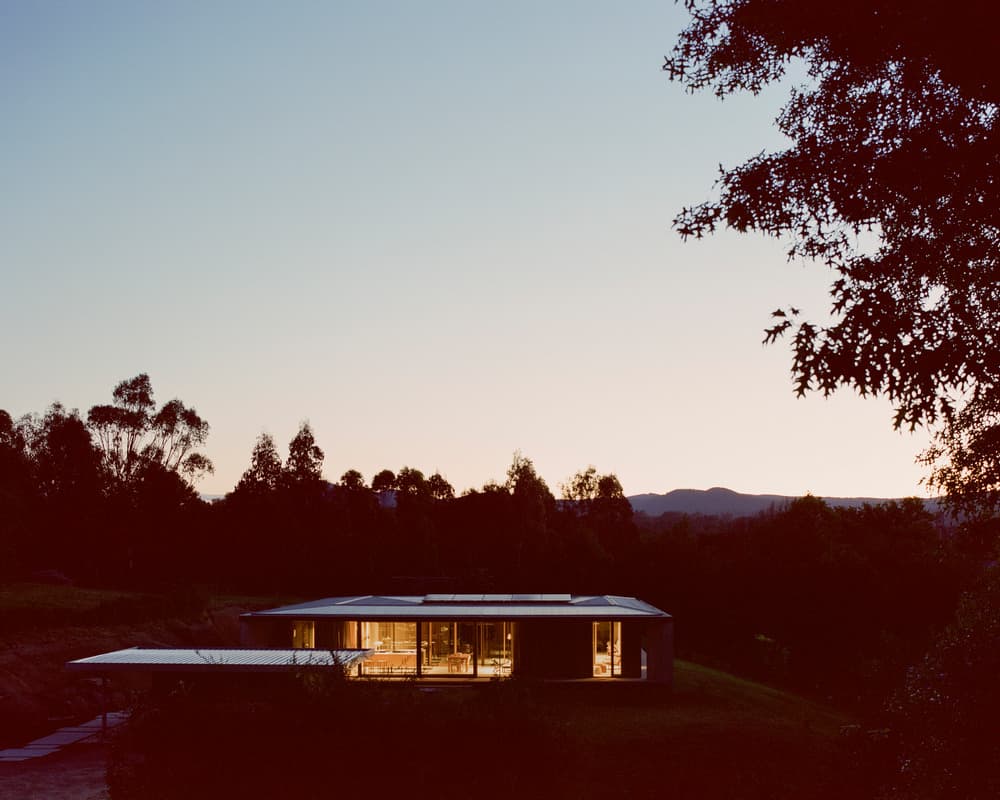
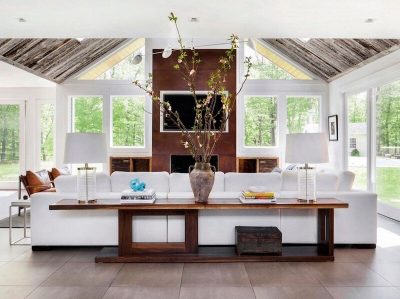

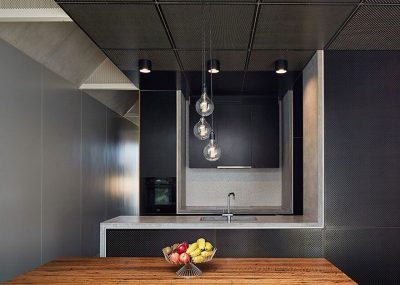
![Town House by Sculpt [IT] – Dwelling with Largest Pivoting Door](https://f7e5m2b4.delivery.rocketcdn.me/wp-content/uploads/2015/06/old-Bourgeois-house-400x267.jpg)
